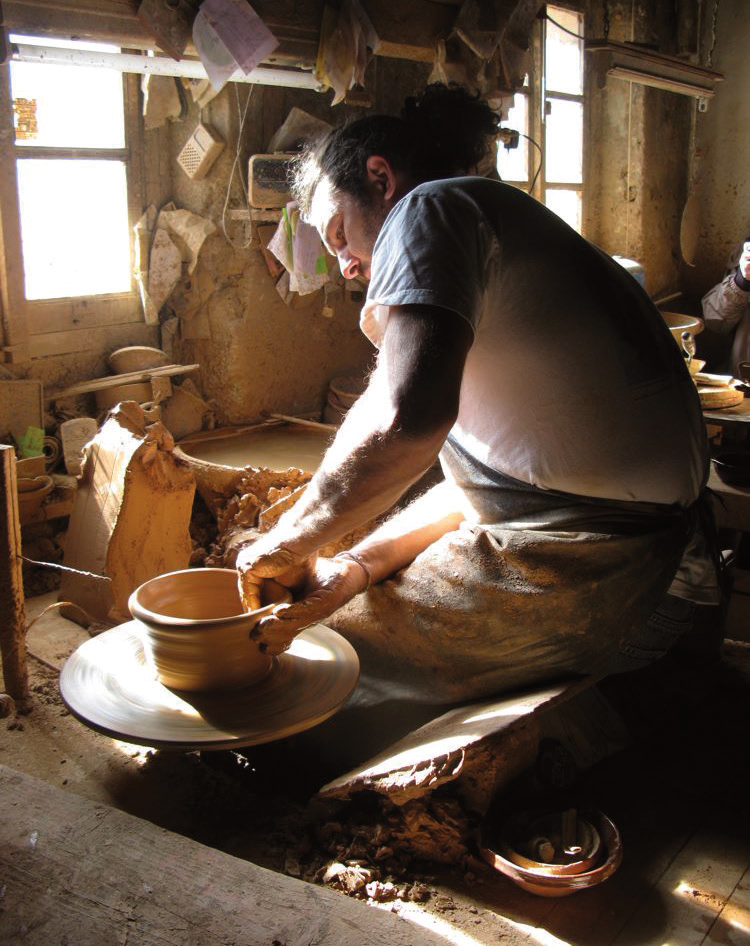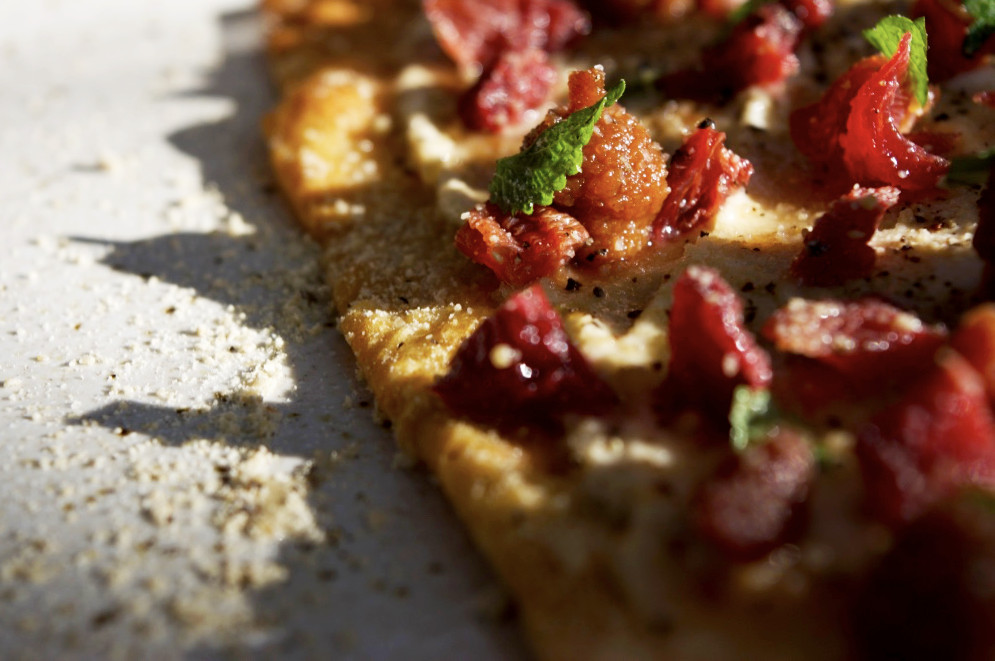Cassoulet
Dish of the land.

Massive hands and brawny forearms betray-ing his years in his profession, a member of the famille Not places a ball of red clay on his potter’s wheel. He dampens the clay dug only metres away from his atelier, then centres it, and gets to work. As the wheel spins, and his hands move, the sides of a pot slowly climb, angled outwards. Finally, the artisan shapes a small lip in the rim. The result is a cassole, a culinary container purpose-built for holding a cassoulet.
The birthplace of the hefty assembly of white beans (ideally the lingot variety from the nearby Lauragais plain), duck confit, Toulouse sausage, and couennes (little rolls of pork skin), and somewhat leavened with tomatoes and herbs, and growling with garlic, is the Languedoc town of Castelnaudary. So proud are residents of their native dish that a life-sized statue of a woman proffering a cassole stands on the traffic island at the entrance to their town. Every August, they hold a bean-based festival where anyone who sits down to eat cassoulet can take away their own individual container. Legend says that the origins of the rustic stew date back to the Hundred Years War, when the town’s besieged residents pooled their edibles, and that the cassole was invented by an immigrant Italian potter in a nearby community during the 14th century.
Poterie Not Frères, a few kilometres away on the placid Canal du Midi near the village of Mas-Saintes-Puelles, has been making these dishes since 1830, with the latest generation of the Not family now turning out about 80 a week, up to and including a colossal one, 35 centimetres across. They say it’s capable of satisfying 10.
Photo by Peter Matthews.
Cassoulet photo by Peter Matthews.








